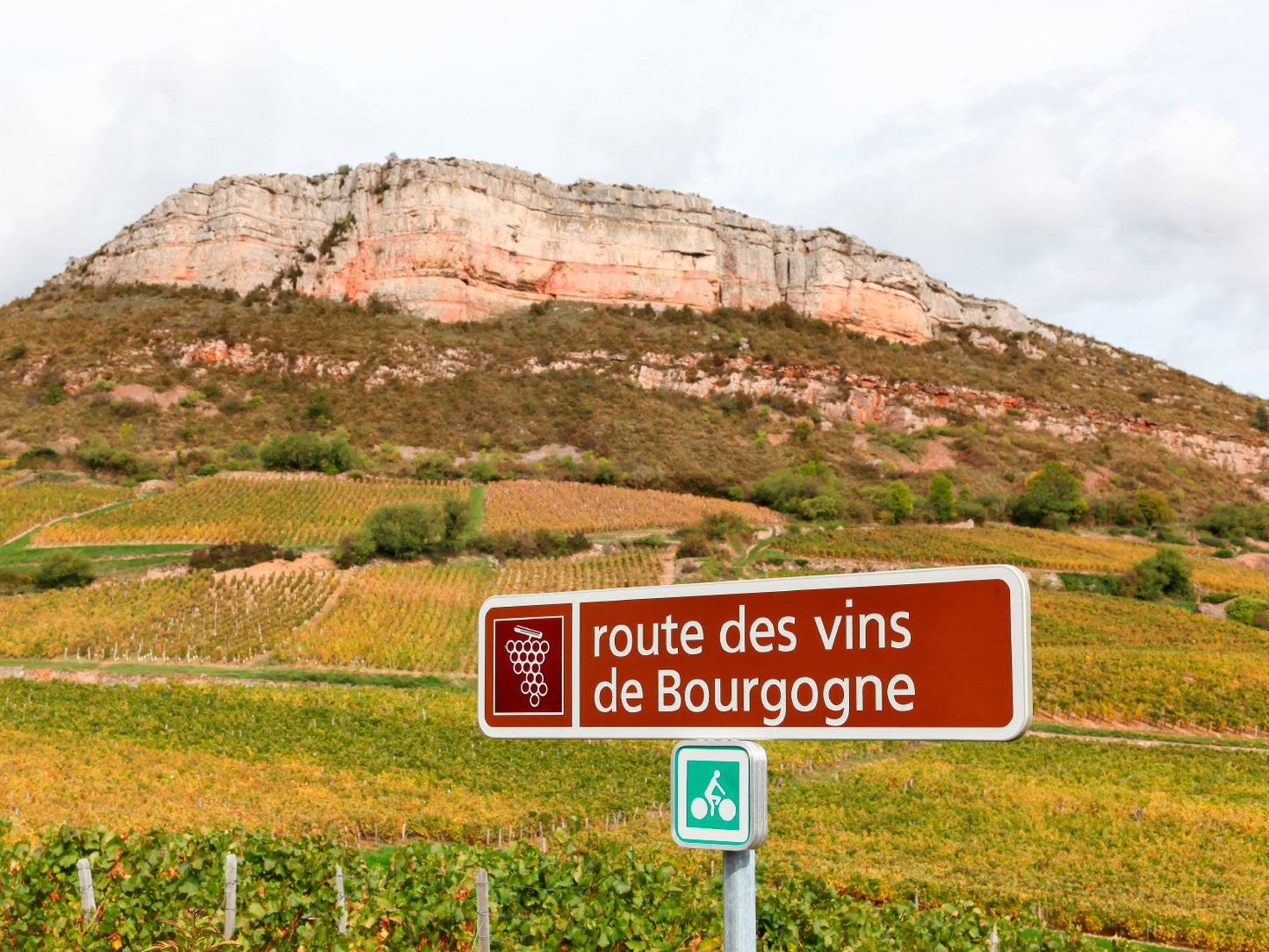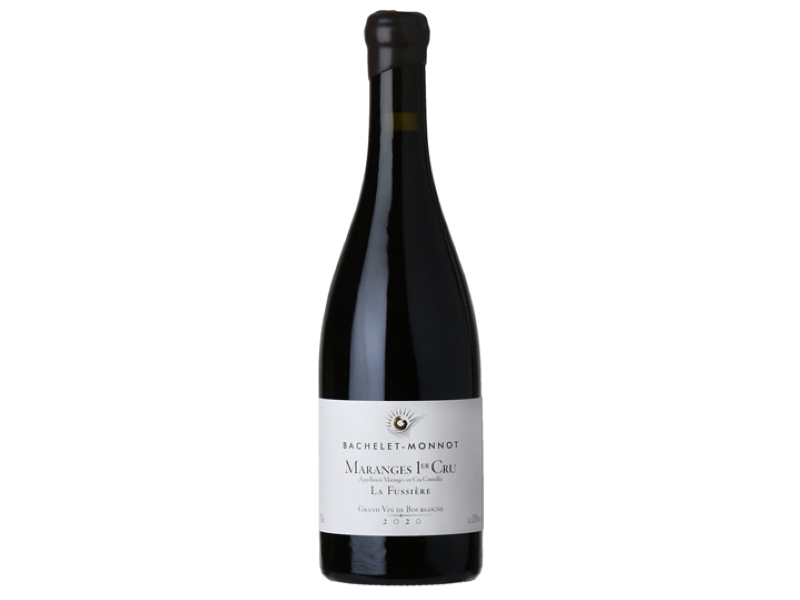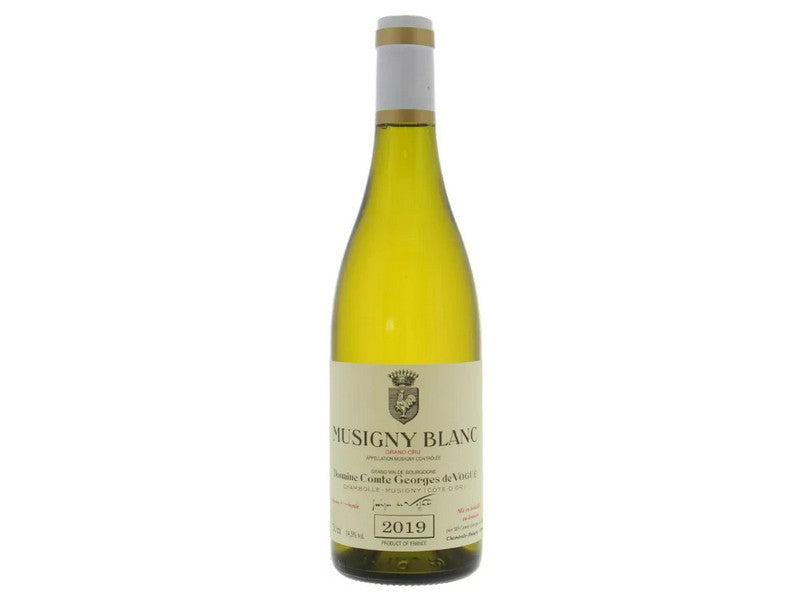
Photo: The Route des Vins de Bourgogne is a scenic road that stretches through rolling hills and prestigious vineyards of Burgundy.
Credit to photos: Shutterstock/ricochet64; Richard Semik; Majonit
Text by: Gleb King
Burgundy is Mecca for the rare, most-wanted, complex, multi-layered, sought-after and, yes, expensive wines. If you want to understand the concept of terroir, there’s no better place to start with, because, well, Burgundy is a home of terroir. Literally this definition has started from here. On about 30 000 hectares, you can find more than 300 negociant-houses, 3500 domaines, 16 winemaking cooperatives and 84 AOC*s which is quite impressive. For instance, another notable wine region of France, Bordeaux, is 61 000 hectares, however, it has only 65 AOCs. In Burgundy there are thousands of tiny vineyards, sometimes even less than 1 hectare in size. The wine made on two such neighboring vineyards may be from the same varieties and of the same winemaking process, but it’s completely different because of sun exposition, types of soil and other natural reasons. Good example is the tender and soft Volnay wines and rustic, powerful Pinots of Pommard. The distance between the villages is about 1.5 miles. Also, there are other reasons for such a detailed map, we’ll describe them later on.
*AOC is the main legislative wine division unit in France. If wine is produced in an AOC, it must obey its restrictions and laws – production quantities, grape varieties, and so on – even the form of the bottle is usually controlled by the AOC rules.

Photo: Savigny les Beaune castle.
Location of Burgundy
Burgundy is a long (230 km) strip of vineyards in the eastern part of France. The region is a 2 hour drive from Paris and 1 from Lyon. Historically it served a role of a very important connection between southern and northern France. Also, it’s easy to reach from many European capitals. Burgundy is located on the territory of four departments: Yonne, Côte d'Or, Saône and Loire (these three departments are part of the administrative region of Bourgogne-Franche-Comté), as well as the department of Rhône, which administratively belongs to the region of Auvergne-Rhône-Alpes. At the same time, the Nièvre department, which is part of the administrative region of Bourgogne-Franche-Comté, is not part of the wine-making Burgundy, but belongs to the wine-making region of the Loire Valley. The Yonne department includes the wine-making region of Chablis. Côte d'Or is divided into Côte de Nuits and Côte de Beaune. Almost all world-famous Burgundy wines come from here. Saône-et-Loire is Southern Burgundy, where the wine-making regions of Côte Chalonnaise and Mâconnais are located. Their names come from the largest cities of Chalon-sur-Saône and Mâcon, which are also the centers of winemaking.
Burgundy wine map
To break the whole geographical knowledge of Burgundy apart, there are two main parts of it – Côte de Nuits and Côte de Beaune. They two form a department of Côte d'Or and they are called – The Great Burgundy. This is where most prestigious and known wines of the region come from. However, nearby, in the department of Yonne, there’s another hot spot of winemaking – Chablis. Côte Chalonnaise and Mâconnais are a southern part of Burgundy. There you can find less popular but still high quality wines. In some cases they may even compete with those of Great Burgundy.

Photo: Wine subregions of Burgundy. Map is provided by bourgogne-wines.com.
Grape Varieties of Burgundy
Burgundy is home mostly for two grape varieties: white Chardonnay and red Pinot noir. Most wines here are monocépage, which means that they are either 100% Chardonnay or Pinot. There are other varieties in Burgundy – red Gamay and white Aligoté. Gamay used to be one of Burgundy’s favorite varieties, but in 1395 the Duke of Burgundy Philippe the Bold, fearing that Gamay would be more popular than already cultivated Pinot Noir, issued a decree banning it from Côte-d’Or. So, today, its homeland is to the south, in Beaujolais. Aligoté is a high-acidity white grape. The Aligoté wine can be found throughout Burgundy, from Chablis to Mâconnais.
What is Hospices de Beaune?
Hospices de Beaune is a historic charitable hospital in the town of Beaune, located in the heart of the Burgundy wine region. Founded in 1443 by Nicolas Rolin, Chancellor to the Duke of Burgundy, the Hospices de Beaune has become a symbol of the region’s deep connection to both history and wine. Over the centuries, the Hospices received many donations of vineyards from wealthy patrons, making it one of the most important wine estates in Burgundy. Since 1859, the Hospices de Beaune has held an annual charity wine auction on the third Sunday of November. The auction is one of the most famous and prestigious wine events in the world.

Photo: The Hospices de Beaune or Hôtel-Dieu de Beaune. It’s an iconic example of French medieval and Burgundian Gothic design, with its colorful glazed tile roof being a hallmark.
It is held in Beaune and attracts buyers from around the globe, including wine merchants, collectors, and enthusiasts. The wines sold come from vineyards owned by the Hospices, which total around 60 hectares (150 acres), predominantly in Premier Cru and Grand Cru appellations. The wines are produced from parcels of land located in the finest parts of Burgundy, including the Côte de Nuits and Côte de Beaune. The wine lots are typically named after notable benefactors or patrons of the Hospices, such as "Cuvée Nicolas Rolin" or "Cuvée Madeleine Collignon." The auction is a major event in the wine world, setting prices for Burgundy wines and influencing global wine trends.
Ancient history of Burgundy wines
The appearance of the first vineyards on the territory of modern Burgundy is associated with the arrival of the Romans. Having founded the "northern capital" of their empire, the city of Lugdunum (modern Lyon), the Romans moved further north, spreading their culture and wine as one of its integral attributes. After the collapse of the Great Empire, the future fate of winemaking Burgundy was predetermined by the church. A great contribution to the development of viticulture was made by the monks of Cluny Abbey which was founded in 910 as the main monastery of the reformed Benedictine order.
They found the swampy terrain around Citeaux unsuitable for vines. Moving upstream along the Vouge river, the monks established the legendary Clos de Vougeot vineyard.
In 1098, a schism occurred in the congregation of Cluny, which resulted in the emergence of the Order of Cistercians in a newly created Citeaux Abbey. They separated to live a secluded life of servants of God, characterized by isolation, all kinds of deprivations and harsh physical labor. The monks of Citeaux dedicated their lives not only to God, but also to winemaking. They found the swampy terrain around Citeaux unsuitable for vines. Moving upstream along the Vouge river, the monks established the legendary Clos de Vougeot vineyard. Appreciating their hard work, the local nobility began to bestow lands upon the brotherhood. Gradually, part of Vosne-Romané became their property, and by the 14th century, they owned the best vineyards in the entire Côte d'Or. The Cistercians focused on Pinot Noir rather than the high-yielding Gamay, which was preferred by local farmers.
During the Great French Revolution, most of the vineyards belonging to their monasteries were confiscated and sold at auctions in small purchases.
The fame of Burgundy wine spread throughout Europe during the reign of Duke Philip the Good (1396-1467). During the Hundred Years' War, he supported the status of Burgundy as a separate but significant state power and maintained relations with surrounding countries’ kings, as well as with the Holy See, not forgetting to present gifts in time, primarily Burgundy wines, which were called "the best wines of the Christian world." During the Great French Revolution, most of the vineyards belonging to their monasteries were confiscated and sold at auctions in small purchases. Representatives of the Parisian and local bourgeoisie became the new owners. According to the Napoleonic Civil Code (officially the French Civil Code), adopted in 1804, after the death of the owner of the lands belonging to him, they must be divided equally between the heirs. In Burgundy, where land is valued and prized particularly highly, this division led to a fragmentation of the landowners' resources. This is why nowadays there are so many small vineyards in Burgundy.

























